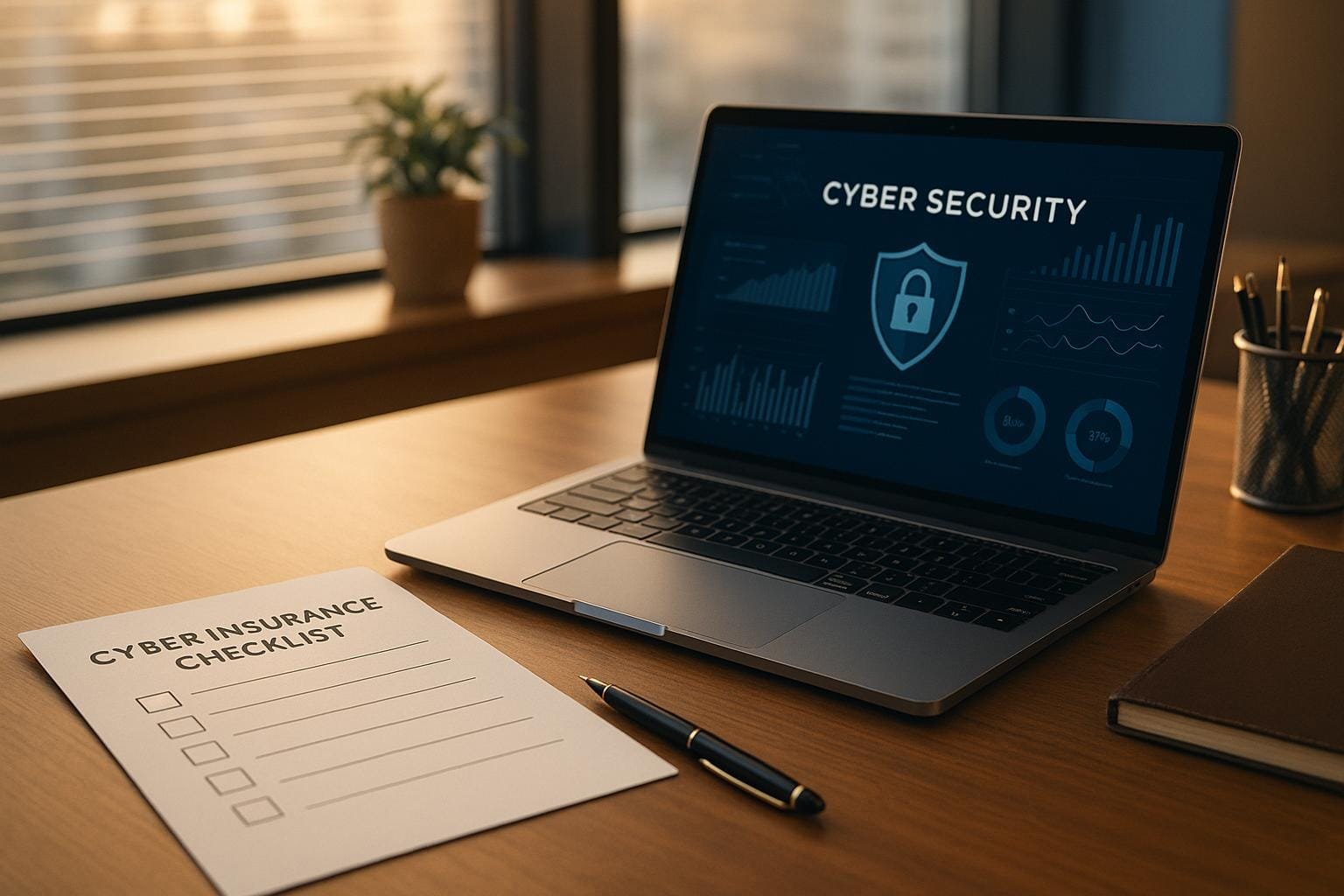With the ever-growing reliance on technology and the internet, the threat of cyberattacks has become a pressing concern for businesses of all sizes. Cybersecurity awareness is crucial in keeping your organization safe from potential threats. In this article, we will explore 10 steps to cyber security awareness strategies that can help you protect your business from cyberattacks. Implementing these strategies will not only strengthen your organization’s security posture but also allow your employees to work confidently and safely in an increasingly digital world.
Table of Contents
Cybersecurity awareness comprises the knowledge and behaviors required to protect information and technology assets. It serves as the first line of defense against cyber threats. By understanding the different types of cyberattacks and their potential consequences, businesses can better defend themselves against potential threats. Common types of cyberattacks include:
Understanding the Importance of Cybersecurity Awareness
- Phishing – sending fraudulent emails that appear to come from legitimate entities, often attempting to steal sensitive information or achieve illegal access to networks.
- Malware – software designed specifically to harm or exploit computer systems, resulting in data breaches, disruptions, or espionage.
- Ransomware – a type of malware that locks users out of their data and devices, demanding a payment to restore access.
- Man-in-the-Middle Attacks – unauthorized interception and modification of data during transmission.
Training and Educating Employees
Employees are often the weakest link in an organization’s cybersecurity posture. Providing training and education to employees on cybersecurity best practices, potential threats, and corporate security policies will help them become more vigilant and responsible digital citizens. Regular training sessions should cover topics such as:
- Email and internet usage policies
- Recognizing and reporting phishing attempts
- Safe browsing habits
- Proper handling and storage of sensitive information
- Password management
- Use of company-issued devices
- Mobile device security
Implementing Strong Password Policies
Weak passwords are one of the primary reasons behind successful cyberattacks. Enforcing strong password policies can significantly reduce the risk of unauthorized access to your organization’s accounts and systems. Some best practices for strong password policies include:
- Using a minimum of 12 characters
- Combining uppercase and lowercase letters, numbers, and special characters
- Avoiding easily guessable information and common words
- Requiring password changes every 60 to 90 days
- Prohibiting the reuse of previous passwords
Keeping Software and Systems Up to Date
Outdated software and systems may contain security vulnerabilities that cybercriminals can exploit. Ensuring that all software, applications, and operating systems are up to date is essential for cybersecurity. Some recommendations for keeping your systems current include:
- Regularly checking for updates and applying them promptly
- Enabling automatic updates when possible
- Removing outdated or unsupported software
- Keeping track of devices and software in use
- Educating employees about the importance of updates
Backing Up Data Regularly
Data loss can be disastrous in the event of a cyberattack or system failure. Regularly backing up your organization’s important data minimizes the risk and facilitates recovery. Best practices for data backup include:
- Creating a schedule for consistent backups
- Using multiple backup methods (e.g., cloud services, external hard drives, etc.)
- Encrypting backups to protect sensitive information
- Regularly testing your backups to ensure they can be restored
Encrypting Sensitive Information
Encrypting sensitive information is an essential line of defense against data breaches. When data is encrypted, it becomes unreadable without the correct decryption key. Encryption should be used for any communication or storage of sensitive information, including:
- Email messages
- Internal communications
- Customer data
- Payment information
- Intellectual property
Implementing Multi-Factor Authentication
Multi-Factor Authentication (MFA) adds an additional layer of security to online accounts by requiring two or more methods of verification before granting access. The most common methods include something the user knows (e.g., a password), something the user has (e.g., a physical token), and something the user is (e.g., a fingerprint). Implementing MFA can substantially reduce the chances of unauthorized access, even if an attacker has compromised a username and password.
Regularly Monitoring and Auditing Networks
Regularly monitoring and auditing your organization’s networks help identify potential threats and unauthorized activity. Some methods to implement effective network monitoring and auditing include:
- Using intrusion detection systems (IDS) to monitor networks for unusual activity
- Implementing network segmentation to limit access to sensitive information
- Reviewing log files to identify anomalies and suspicious behavior
- Performing regular vulnerability assessments and penetration testing
Developing an Incident Response Plan
In the event of a cyberattack, having a well-documented and practiced incident response plan (IRP) is essential for minimizing damage and recovering quickly. An effective IRP should detail the roles and responsibilities of key personnel, as well as protocols for identifying, containing, and eradicating threats. Components of an IRP should include:
- Designation of an incident response team
- Clear lines of communication and escalation
- Detection and analysis of incidents
- Containment, eradication, and recovery strategies
- Post-incident analysis and lessons learned
Promoting a Culture of Security Awareness
Finally, fostering a culture of security awareness within your organization ensures that all employees take the responsibility of cybersecurity seriously. Encourage employees to be proactive and practice safe habits by:
- Leading by example with management demonstrating strong commitment to cybersecurity
- Regularly discussing security topics during team meetings
- Creating and maintaining a clear and easily accessible set of security guidelines
- Rewarding employees for identifying potential threats or vulnerabilities
- Offering ongoing education and training opportunities
In conclusion, cybersecurity awareness is vital for the safety and success of your business. Implementing these 10 strategies can help your organization mitigate the risks associated with cyberattacks, protect valuable assets, and maintain strong security practices. By staying informed, vigilant, and proactive, both businesses and their employees can create a more secure digital environment for all.



